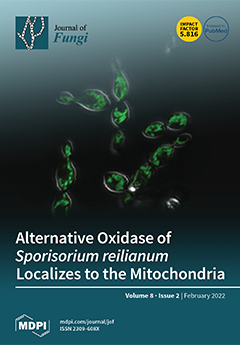Obesity, usually indicated by a body mass index of more than 30 kg/m
2, is a worsening global health issue. It leads to chronic diseases, including type II diabetes, hypertension, and cardiovascular diseases. Conventional treatments for obesity include physical activity and maintaining
[...] Read more.
Obesity, usually indicated by a body mass index of more than 30 kg/m
2, is a worsening global health issue. It leads to chronic diseases, including type II diabetes, hypertension, and cardiovascular diseases. Conventional treatments for obesity include physical activity and maintaining a negative energy balance. However, physical activity alone cannot determine body weight as several other factors play a role in the overall energy balance. Alternatively, weight loss may be achieved by medication and surgery. However, these options can be expensive or have side effects. Therefore, dietary factors, including dietary modifications, nutraceutical preparations, and functional foods have been investigated recently. For example, edible mushrooms have beneficial effects on human health. Polysaccharides (essentially β-D-glucans), chitinous substances, heteroglycans, proteoglycans, peptidoglycans, alkaloids, lactones, lectins, alkaloids, flavonoids, steroids, terpenoids, terpenes, phenols, nucleotides, glycoproteins, proteins, amino acids, antimicrobials, and minerals are the major bioactive compounds in these mushrooms. These bioactive compounds have chemo-preventive, anti-obesity, anti-diabetic, cardioprotective, and neuroprotective properties. Consumption of edible mushrooms reduces plasma triglyceride, total cholesterol, low-density lipoprotein, and plasma glucose levels. Polysaccharides from edible mushrooms suppress mRNA expression in 3T3-L1 adipocytes, contributing to their anti-obesity properties. Therefore, edible mushrooms or their active ingredients may help prevent obesity and other chronic ailments.
Full article






